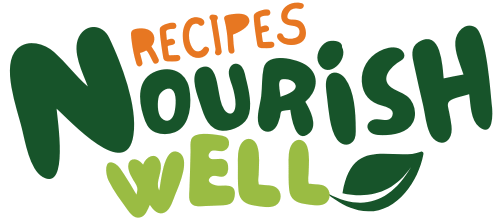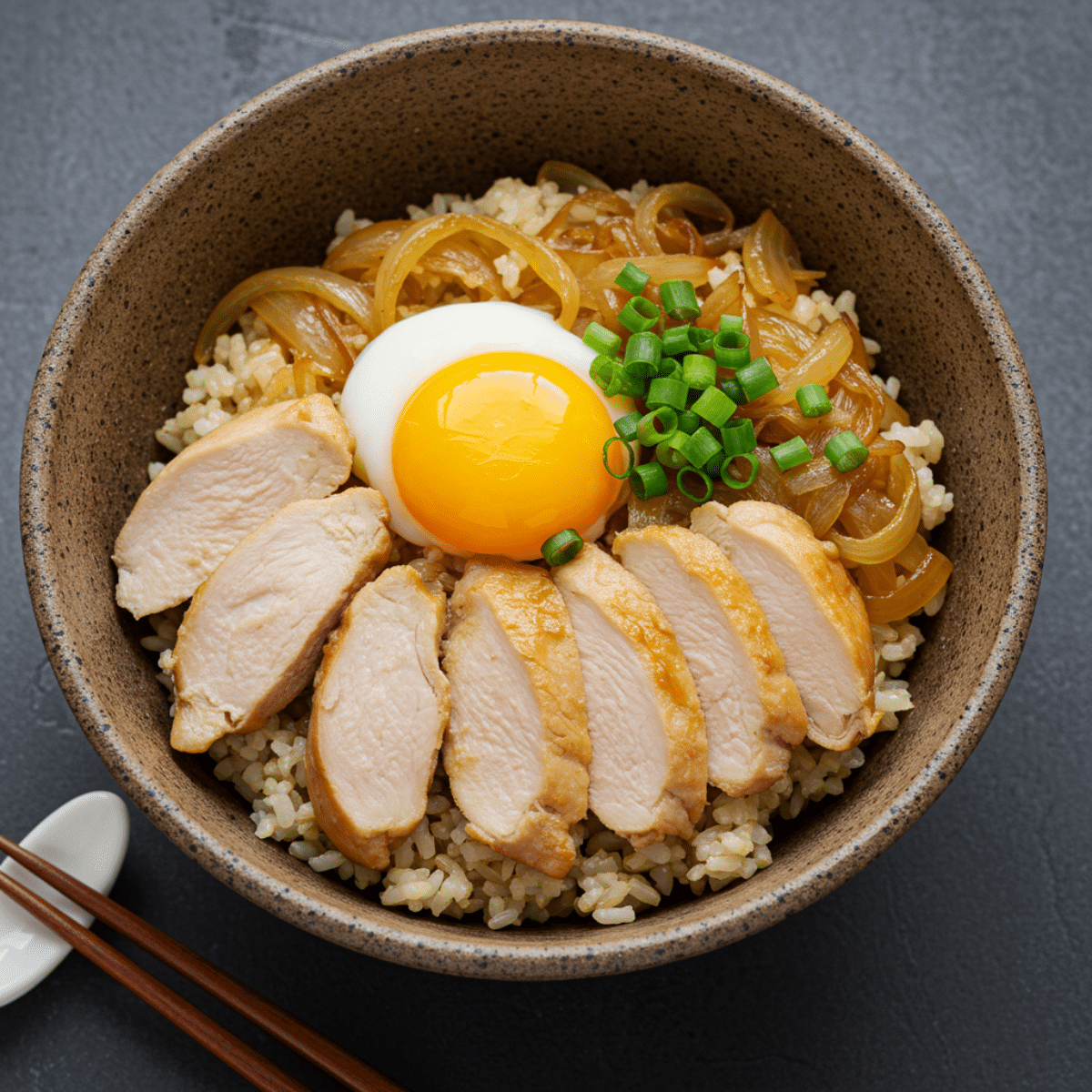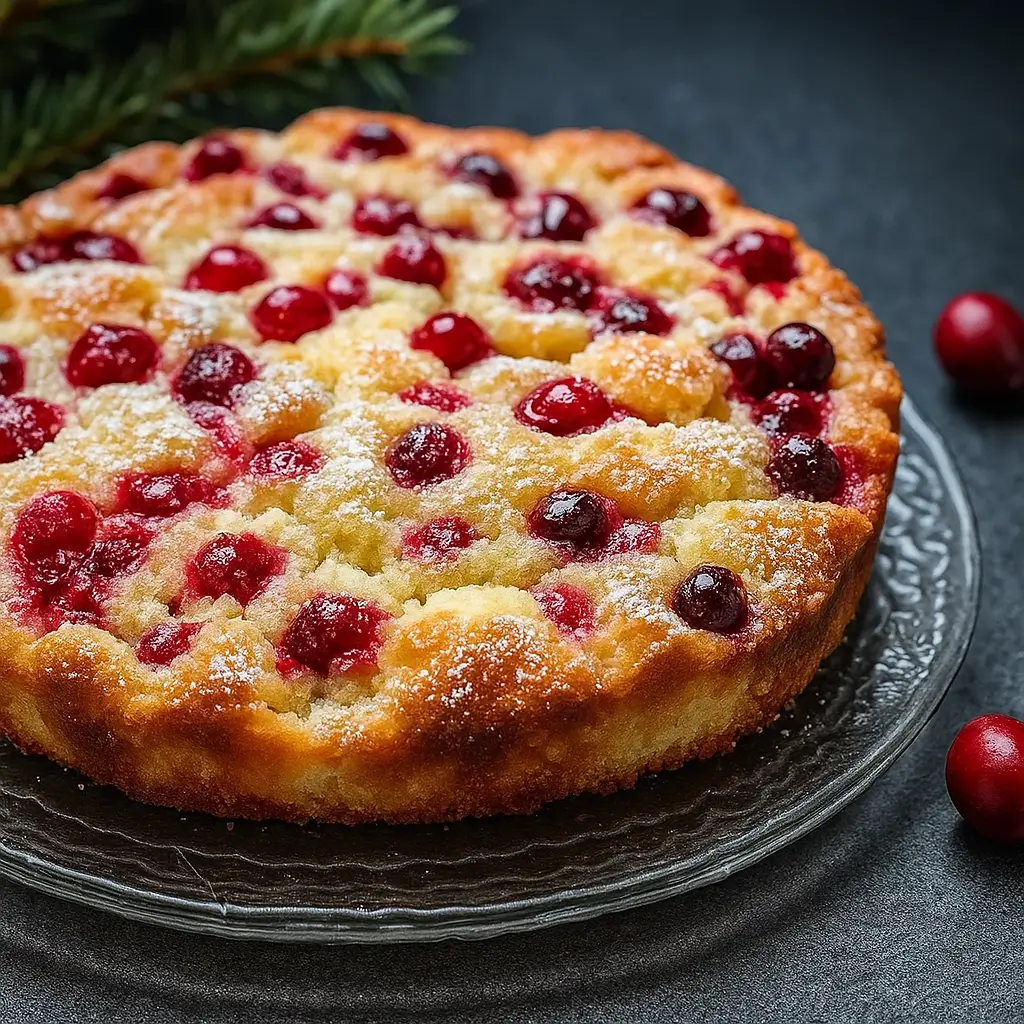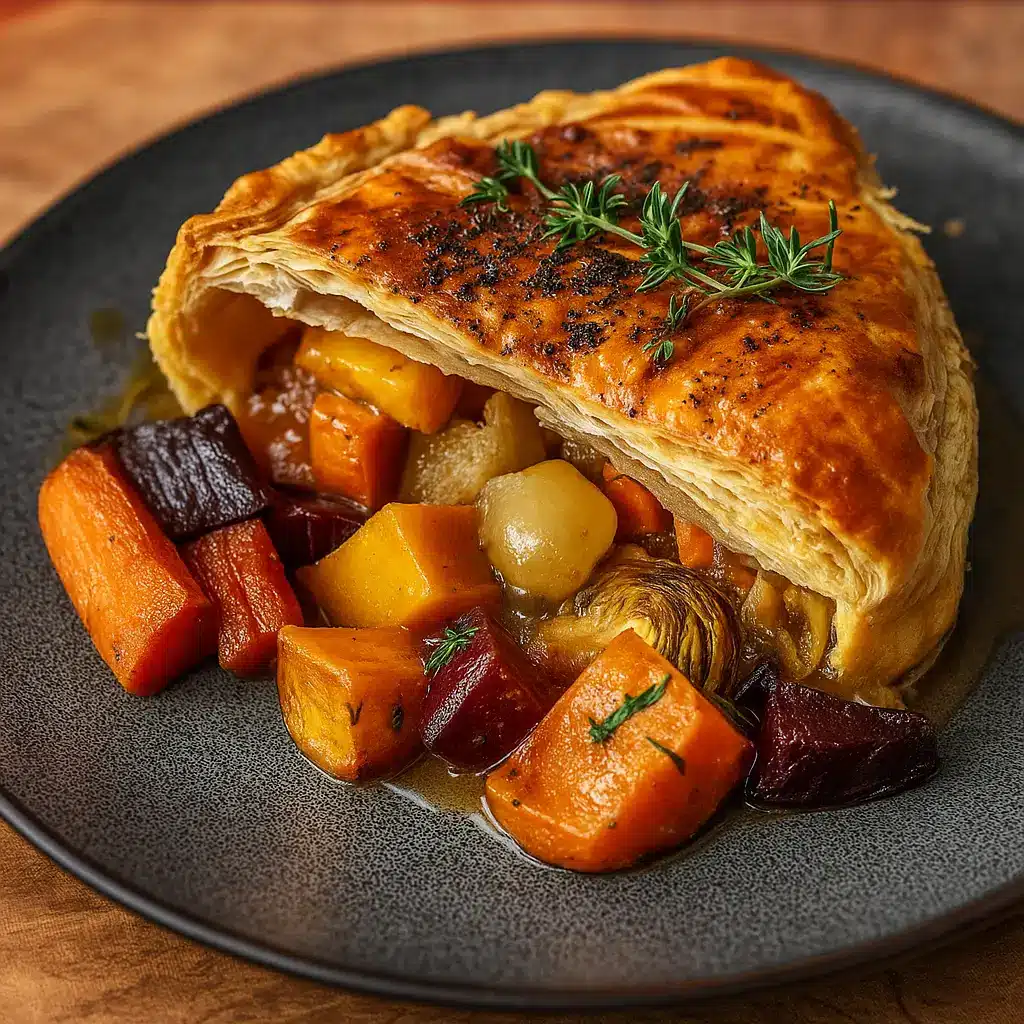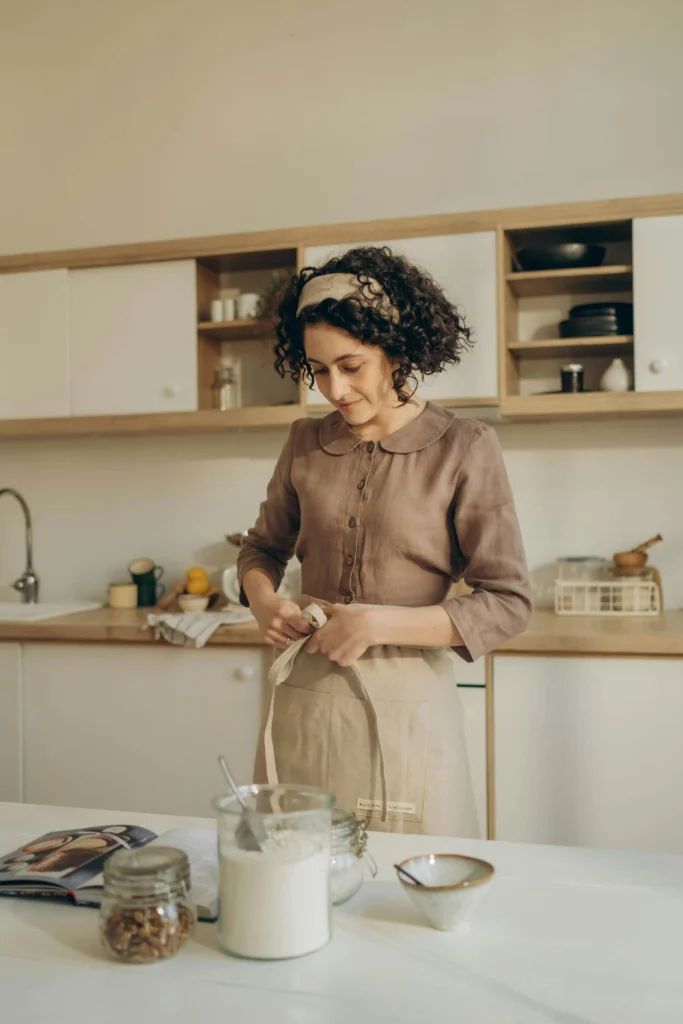A healthy oyakodon recipe brings the cozy essence of Japanese home cooking right into your kitchen—with a lighter, nourishing twist. This comforting bowl of chicken and egg over rice has long been a staple in Japan, but with just a few clean swaps, it becomes a wholesome dish perfect for any health-conscious eater. Whether you’re cooking for your kids or meal prepping for the week, this simple, protein-packed meal hits all the right notes. Plus, it’s one of those rare dishes that’s hearty, satisfying, and naturally gluten-free. Let’s take a moment to appreciate why this healthy oyakodon recipe has become a favorite in my home.
Table of Contents
Healthy Oyakodon Recipe Inspiration from a Personal Taste of Japan
Healthy oyakodon recipe from my kitchen to yours
The first time I made a healthy oyakodon recipe, I wasn’t planning on reinventing anything. I was just craving something warm and cozy after a long day chasing three kids around the backyard. What started as a quick dinner turned into a revelation: I could make this traditional Japanese rice bowl with clean ingredients and still capture all the comfort it promises. Instead of refined oils and added sugars, I used low-sodium tamari, bone broth, and tender chicken thighs—plus a bit of coconut aminos for depth. One bite and I knew this would be a recipe I’d return to often.
Growing up in Texas, oyakodon wasn’t something I saw on the table. But once I started exploring natural recipes to support my family’s wellness journey, it quickly made its way into our rotation. This healthy oyakodon recipe has that magical combination of being easy enough for weeknights and deeply nourishing for the body. The combination of soft-cooked eggs, savory broth, and fluffy rice is just soul-soothing.
Why this healthy oyakodon recipe fits our lifestyle so well
For me, eating well means more than counting macros or eliminating food groups. It’s about choosing ingredients that fuel and comfort. This healthy oyakodon recipe checks all the boxes: it’s protein-rich, full of healthy fats, and uses real-food ingredients with minimal processing. And because it’s naturally gluten-free and can be made with brown rice or even cauliflower rice, it’s incredibly versatile.
The best part? My kids love it, which means no dinner-table battles. And I love that it supports gut health and satiety—something I always aim for when planning meals.
If you’re someone who enjoys cozy bowls that feel like a hug from the inside, you’ll probably love our low-carb kung pao chicken recipe too. For lighter dinner pairings, the Jamie Oliver watermelon salad is always a winner on the side.
Print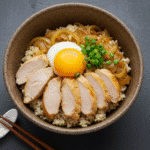
Healthy Oyakodon Recipe
- Prep Time: 10 minutes
- Cook Time: 15 minutes
- Total Time: 25 minutes
- Yield: 2 servings
- Category: Dinner
- Method: Simmer
- Cuisine: Japanese
- Diet: Gluten Free
Description
This healthy oyakodon recipe brings a clean twist to the classic Japanese chicken and egg rice bowl—made with nourishing broth, clean protein, and gluten-free options.
Ingredients
- 2 organic chicken thighs, sliced
- 1/2 yellow onion, thinly sliced
- 3 pasture-raised eggs, lightly beaten
- 3/4 cup bone broth or mushroom broth
- 1 tbsp low-sodium tamari or coconut aminos
- 1 tsp coconut sugar (optional)
- 1/2 tsp grated ginger
- 2 cups cooked brown rice or cauliflower rice
- 1 tsp avocado oil
- Green onions, sliced (for garnish)
Instructions
- Heat avocado oil in a pan over medium heat and sauté onions until soft.
- Add sliced chicken, broth, tamari, and ginger. Simmer for 5–6 minutes.
- Optional: Stir in coconut sugar to balance the saltiness.
- Pour beaten eggs evenly over the chicken mixture. Cover and steam for 1–2 minutes until eggs are just set.
- Serve warm over rice. Garnish with green onions.
Notes
- For a low-carb option, use cauliflower rice.
- Use coconut aminos for a slightly sweet, soy-free variation.
- This dish stores well for 3 days and reheats easily.
Healthy Oyakodon Ingredients That Nourish and Satisfy
Healthy oyakodon recipe starts with clean, simple ingredients
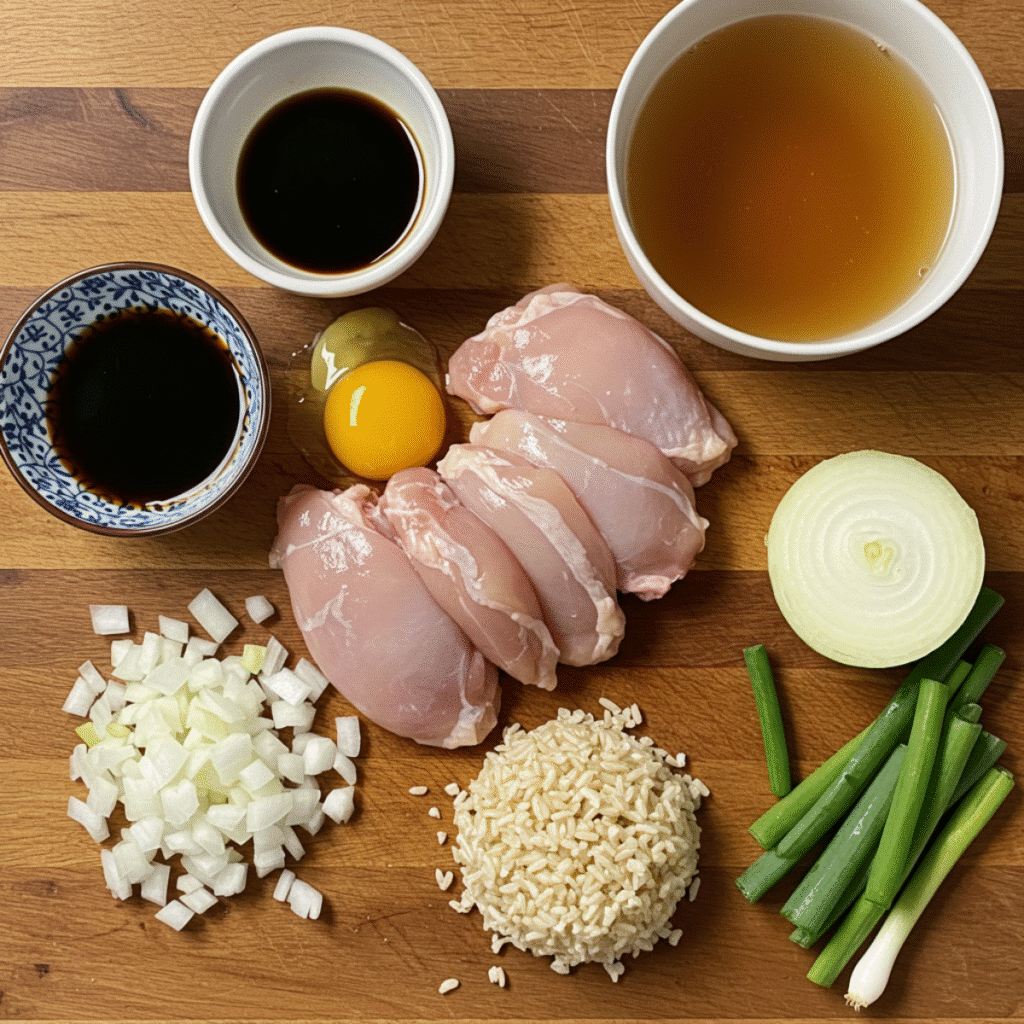
When it comes to building a healthy oyakodon recipe, ingredients matter more than anything. Traditional oyakodon uses white rice, sugar, and regular soy sauce—but here, we keep all the flavor and swap in better options. I like to use organic chicken thighs for their rich taste and healthy fats. A splash of coconut aminos and low-sodium tamari replaces soy sauce while lowering sodium and cutting out refined sugars.
Instead of dashi made with MSG or fish powders, I simmer a quick broth with shiitake mushrooms and a piece of kombu. If you’re short on time, a high-quality chicken bone broth works beautifully and adds collagen too. For the eggs, free-range or pasture-raised always gives the fluffiest texture and richest color.
If you’re looking for another nourishing meal idea with clean protein, you might love this healthy banana bread with chocolate chips recipe for breakfast or a light snack.
Why this healthy oyakodon recipe is better for your body
This healthy oyakodon recipe skips the heavy sauces and hidden sugars found in many restaurant versions. With lower sodium, clean proteins, and anti-inflammatory ingredients like mushrooms and kombu, it’s ideal for gut health and energy balance. Each serving packs a balanced mix of carbs, protein, and healthy fat—leaving you full but never sluggish.
Another benefit? You control everything—no mystery oils or additives. This version also supports blood sugar balance, especially when paired with brown rice or cauliflower rice. If you’re working toward natural weight support or mindful eating, this dish is a delicious way to stay on track.
For more wholesome dishes with international flavor, try our Peruvian lomo saltado or yopokki rice cake recipe.
Mastering the Method—How to Cook a Healthy Oyakodon Recipe Perfectly
Healthy oyakodon recipe technique made easy for home cooks
The magic of a healthy oyakodon recipe isn’t just in the ingredients—it’s in how they come together. This dish is traditionally cooked in layers, and getting the texture right is what makes it truly comforting. Start by sautéing sliced onions in a bit of avocado oil until they turn soft and translucent. This slow-cooked sweetness sets the base. Add the sliced chicken thighs next, allowing them to gently poach in the broth and tamari mixture until tender and juicy.
Then comes the star of the show: the eggs. Lightly beaten eggs are poured in gently at the very end, over the simmering chicken and onions. Cover the pan and let the eggs steam into a soft, custardy layer that holds the whole dish together. It should be just set, never rubbery.
Serve it all over a warm bed of brown rice or a veggie-based alternative for a lighter twist. For a visual boost and added nutrition, top with sliced scallions or a sprinkle of sesame seeds.
Getting the perfect egg texture in your healthy oyakodon recipe
If you’ve ever had oyakodon that tasted a bit too eggy or watery, chances are the eggs were overcooked or added too early. The key to the perfect texture? Turn the heat down low and pour the eggs slowly in a circular motion. Then immediately cover the pan. This traps steam and gives the eggs that signature soft-set finish.
Don’t stir—resist the urge! Let the eggs gently cook in place for just 1–2 minutes. You’re aiming for a texture that’s halfway between scrambled eggs and a silky custard. Serve immediately while everything is warm and fragrant.
Craving more Japanese-inspired comfort food? Try our bibim rice bowl recipe or lighten things up with a strawberry rhubarb detox treat.
Healthy Oyakodon Recipe Variations for Every Diet
Healthy oyakodon recipe adjustments for gluten-free, low-carb, and more
One of the reasons I return to this healthy oyakodon recipe again and again is how easy it is to adapt for different eating styles. Whether you’re gluten-sensitive, watching your carbs, or eating dairy-free, oyakodon makes it simple to keep flavor high without sacrificing your goals. For a low-carb version, I swap rice with cauliflower rice—it soaks up the broth just like regular rice but cuts the carbs dramatically. You could even try shirataki rice if you’re following a keto approach.
If you’re eating gluten-free, stick with tamari instead of regular soy sauce, and always check your broth labels. Most homemade or clean store-bought bone broths are naturally gluten-free and add gut-nourishing benefits.
To make it Paleo-friendly, use coconut aminos in place of both soy sauce and tamari. It adds that umami touch while being naturally sweet and low-glycemic.
This level of flexibility is what I love most about traditional dishes with clean foundations—just like the way we reworked this high-protein banana cake to suit multiple needs or how our protein broccoli bread turns into a meal prep dream.
Adding extra veggies to your healthy oyakodon recipe
Want to sneak in more fiber or plant-based goodness? You can easily add sautéed spinach, shredded carrots, or snap peas into the mix before the eggs go in. I like tossing in a handful of baby greens just before the final steam—they wilt beautifully into the broth and eggs.
Another option? Layer finely shredded cabbage underneath the rice or rice substitute. It gives a satisfying bite and adds volume without extra calories. If you’re a veggie lover like I am, you might also enjoy the bright flavors in our carrot ribbon salad or a cleansing kidney detox juice on the side.
Make Your Healthy Oyakodon Recipe Kid-Friendly and Meal Prep-Ready
Healthy oyakodon recipe that kids actually love
As a mom of three, I can tell you—if a recipe works for both adults and picky eaters, it’s a keeper. This healthy oyakodon recipe is one of those magical meals. It’s naturally mild, not spicy, and has a soft, familiar texture that’s easy for little mouths. My kids love the tender chicken, sweet onions, and silky eggs served over warm rice. For extra fun, I sometimes use small cookie cutters to shape the egg mixture before plating—it’s a simple trick, but it makes dinner feel special.
If your little ones are hesitant about onions or broth flavor, try reducing the amount slightly or simmering it longer for a sweeter, more mellow taste. You can also serve it in small bowls with their favorite veggie on the side. Steamed edamame or cucumber sticks work great.
For more kid-friendly dishes that sneak in nourishment, try our naturally sweet healthy oatmeal bites or the crowd-pleasing mac and cheese Jamie Oliver recipe.
Turn this healthy oyakodon recipe into a meal prep star
Another reason I adore this dish? It reheats beautifully. You can make a big batch of the chicken and onion mixture ahead of time and store it separately from the eggs and rice. When you’re ready to eat, just warm the base in a pan and pour fresh eggs on top to steam and finish.
If you’re packing lunch, pre-cook the entire bowl (eggs included) and let it cool before storing in glass containers. It holds well in the fridge for up to three days. Just reheat gently to keep the eggs tender. You can also freeze portions of the chicken base and add fresh eggs when serving.
Want more nourishing make-ahead ideas? Our coffee chia seed recipe makes a perfect grab-and-go breakfast, and the deep sleep banana tea is lovely for winding down at night.
Honoring Tradition in Every Healthy Oyakodon Recipe
Healthy oyakodon recipe with deep Japanese roots
Oyakodon is more than just a rice bowl—it’s a beloved symbol of comfort in Japanese cuisine. The name itself is poetic: “oyako” means “parent and child,” referring to the chicken and egg. It’s traditionally served in Japanese homes and small eateries, often made by mothers or grandmothers when someone needs soothing, nourishing food. That’s exactly the kind of energy I wanted to preserve in this healthy oyakodon recipe.
Respecting the heart of the original dish means keeping its key elements intact: simplicity, harmony, and warmth. Instead of replacing everything, I made subtle, thoughtful changes—cleaner broth, lower sodium, and real-food alternatives. These swaps allow us to keep the spirit of oyakodon alive while aligning it with modern wellness needs.
If you’re like me and love learning from global food traditions, you might appreciate the balance found in this jamie oliver vegetarian lasagna or the cultural warmth behind a capuzzelle Italian classic.
Balancing wellness and cultural integrity in your healthy oyakodon recipe
It’s important to understand that not every “healthy” version of a traditional dish needs to be extreme. This recipe doesn’t eliminate rice or animal protein—it simply upgrades the quality. Wellness should never mean erasing the story behind the food.
In our home, food is love. And this healthy oyakodon recipe has become a meal we turn to when we want something that feels both grounding and joyful. Whether you’re preparing it for yourself or sharing it with family, I hope this version brings comfort and connection to your table.
If traditional-meets-modern meals inspire you, don’t miss our jamie oliver shepherd’s pie or nourishing detox with pineapple and cucumber.
FAQs
How healthy is oyakodon?
Oyakodon can be a very healthy dish when prepared with clean ingredients. This healthy oyakodon recipe uses lean chicken thighs, bone broth, tamari instead of soy sauce, and is free from refined sugars. It’s rich in protein, contains healthy fats, and provides steady energy, especially when paired with brown rice or cauliflower rice.
How many calories are in oyakodon?
The calorie count depends on the ingredients and portion size. A typical serving of this healthy oyakodon recipe contains around 350–450 calories, making it a satisfying but light meal. Using cauliflower rice or reducing the amount of rice can lower the calorie content even more.
What is the difference between oyakodon and donburi?
Donburi is a general term for Japanese rice bowls topped with various proteins or vegetables. Oyakodon is a specific type of donburi made with chicken and egg simmered in a savory broth. So while all oyakodon is donburi, not all donburi is oyakodon
Can I make oyakodon without dashi?
Yes, you can absolutely make oyakodon without traditional dashi. In this healthy oyakodon recipe, we substitute dashi with homemade bone broth or mushroom broth for a richer, gut-supportive flavor. You can also use kombu-infused water for a simple vegan option.
Conclusion
This healthy oyakodon recipe brings together everything we love in a meal: it’s quick to prepare, deeply nourishing, and full of cultural heart. With clean, wholesome ingredients and a method that preserves the dish’s traditional warmth, it’s become a staple in our home—and I hope it finds a place in yours, too.
Whether you’re looking for a comforting weeknight dinner, a meal-prep-friendly lunch, or a kid-approved protein bowl, oyakodon checks all the boxes. By making small but powerful swaps—like tamari for soy sauce and bone broth for dashi—you transform this Japanese classic into a dish that’s as good for your body as it is for your soul.
Looking for more naturally nourishing ideas? Pair this dish with our carrot ribbon salad recipe or sip on a kidney detox juice to round out your day.
Let this recipe be your go-to when you want something easy, soothing, and deeply satisfying—every spoonful a little reminder that eating well can still feel like home.
Follow us on Pinterest for weekly cooker inspiration, or join the conversation over on our Facebook page where fellow food lovers share their favorite comfort meal.
